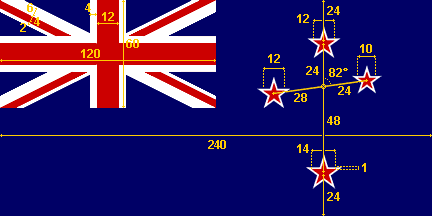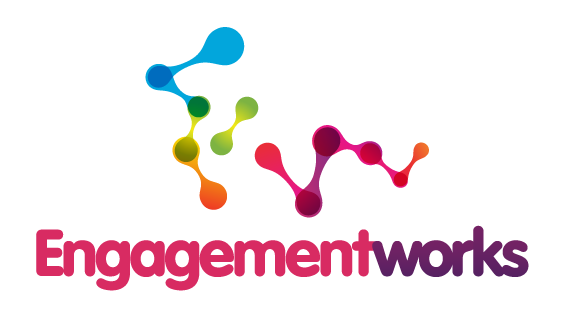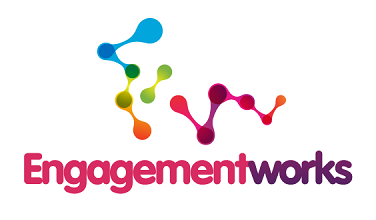What has become a perennial issue for New Zealanders – the adequacy of our nation’s flag – has emerged once again. Voices in favour and against are gargling in readiness for the inevitable emotive debate that should be accompanied by a robust community engagement process. Whether or not either of those happens remains to be seen.
National identity symbolised by the country’s flag is something that some people are passionate about. On one hand there are those who don’t see a need for change. On the other are those who want to see New Zealand stand clearly apart from other countries who have copied our flag, such as Australia!
So what could an ideal community engagement process entail?
Given that democracy should be a key driver of significant change, then the people of New Zealand need a chance to have their say. This process needs to be more robust than a referendum or general election promise.
A first step should involve looking beyond a “squeaky wheel syndrome” and finding out if there really is a significant desire for change. “Significant” should be more than a simple majority. If there isn’t such a desire, end of story. The status quo should prevail. A case as important as this may need New Zealanders to determine what the magical number defined as “significant” is, before anything happens.
If there is a desire for change, then a robust process needs to follow to identify the key elements for a new New Zealand flag. A number of options get trotted out each time this issue reappears but there may be something even better as yet undeveloped.
A design competition encompassing these key elements could be used to identify leading contenders, with the most popular facing off in some sort of popularity contest.
Ideally this should be a process that isn’t rushed. A famous cheese manufacturer often tells us that “good things take time”. Something as important as a national flag which should endure for many future generations of New Zealanders must be no exception.
This must not be done on the cheap. It needs to involve a well-resourced process that actively engages with New Zealanders and other potentially affected stakeholders or groups with an interest in us and our flag. Our Pacific neighbours are but one example. Some sort of comprehensive “brand audit” to find out where and how our current flag is used may produce some interesting results.
Any engagement toolbox should make strong use of online tools, but not rely exclusively on those.
Moderated online discussion forums could be used constructively to tease out many issues, like whether there is a compelling need for change and, if there is, identifying the design brief against which all existing and new alternative designs can be evaluated.
Face-to-face engagement should also be used, particularly for groups who prefer to share ideas in this manner. Māori and Pacific Island groups are examples, so too are school children and aged people.
Whatever engagement tools are used, they must reflect community preferences to ensure that all barriers to participation are removed. There are important cultural and mechanical considerations when developing an all-encompassing and robust engagement process, which must be the basis on which a discussion as important as our nation’s flag is conducted.
National identity symbolised by the country’s flag is something that some people are passionate about. On one hand there are those who don’t see a need for change. On the other are those who want to see New Zealand stand clearly apart from other countries who have copied our flag, such as Australia!
So what could an ideal community engagement process entail?
Given that democracy should be a key driver of significant change, then the people of New Zealand need a chance to have their say. This process needs to be more robust than a referendum or general election promise.
A first step should involve looking beyond a “squeaky wheel syndrome” and finding out if there really is a significant desire for change. “Significant” should be more than a simple majority. If there isn’t such a desire, end of story. The status quo should prevail. A case as important as this may need New Zealanders to determine what the magical number defined as “significant” is, before anything happens.
If there is a desire for change, then a robust process needs to follow to identify the key elements for a new New Zealand flag. A number of options get trotted out each time this issue reappears but there may be something even better as yet undeveloped.
A design competition encompassing these key elements could be used to identify leading contenders, with the most popular facing off in some sort of popularity contest.
Ideally this should be a process that isn’t rushed. A famous cheese manufacturer often tells us that “good things take time”. Something as important as a national flag which should endure for many future generations of New Zealanders must be no exception.
This must not be done on the cheap. It needs to involve a well-resourced process that actively engages with New Zealanders and other potentially affected stakeholders or groups with an interest in us and our flag. Our Pacific neighbours are but one example. Some sort of comprehensive “brand audit” to find out where and how our current flag is used may produce some interesting results.
Any engagement toolbox should make strong use of online tools, but not rely exclusively on those.
Moderated online discussion forums could be used constructively to tease out many issues, like whether there is a compelling need for change and, if there is, identifying the design brief against which all existing and new alternative designs can be evaluated.
Face-to-face engagement should also be used, particularly for groups who prefer to share ideas in this manner. Māori and Pacific Island groups are examples, so too are school children and aged people.
Whatever engagement tools are used, they must reflect community preferences to ensure that all barriers to participation are removed. There are important cultural and mechanical considerations when developing an all-encompassing and robust engagement process, which must be the basis on which a discussion as important as our nation’s flag is conducted.



 RSS Feed
RSS Feed
